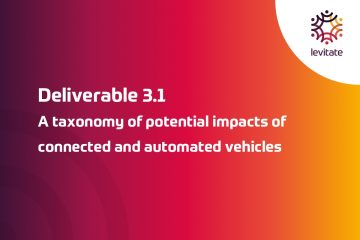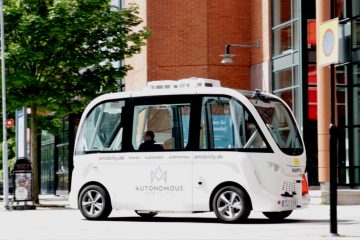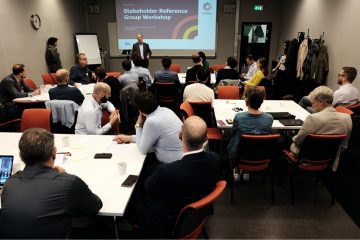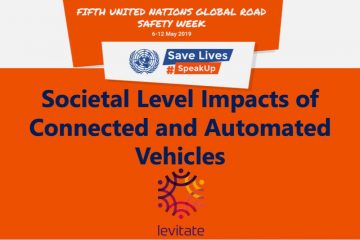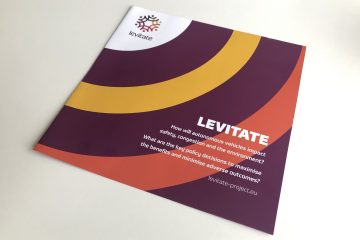LEVITATE is currently building tools to help European cities, regions and national governments prepare for a future with increasing levels of automated vehicles in passenger cars, urban transport services and urban logistics. The project is preparing a new impact assessment framework to enable policy makers to maximise the benefits of connected and automated transport systems (CATS) and utilise the technologies to achieve societal objectives.
Deliverable 3.1: A taxonomy of potential impacts of connected and automated vehicles
Recently several reports have been published within the LEVITATE project. Deliverable 3.1, A taxonomy of potential impacts of connected and automated vehicles at different levels of implementation focuses on the identification of potential impacts of CATs and indicators that can be used to measure these impacts.
D3.1 provides an inventory and classification of impacts of CATS at different levels of implementation and on different topics such as road safety, mobility and efficiency, environment, economy and society. A distinction is made between direct, systemic and wider impacts. Direct impacts are changes that are noticed by each road user on each trip; Systemic impacts are system-wide impacts within the transport system; and wider impacts are changes occurring outside the transport system, such as changes in land use and employment. Furthermore, a distinction is made between primary impacts and secondary impacts.
The report highlights that the actual impacts of connected and automated transport systems are unknown and will remain so for a long time. However, potential impacts can be identified, and preliminary estimates can be developed. Most analysts believe that a wide implementation of CATS will improve road safety and possibly the efficiency of traffic operations. However, the reliability of automation technology is currently unknown, and there will most likely be unforeseen and rare events that we cannot be taken into account. With regards to policy making, the report points out that highly uncertain estimates of impacts may serve as the basis for identifying policy interventions to increase the likelihood that impacts will be in the desired direction (e.g., policies that can help prevent the urban sprawl that CATs are expected to increase).
The findings of this deliverable will be key in the further development of the use cases and provide the foundation for subsequent work to look at short-, medium- and long-term impacts.
You can access all the publications and learn more about the project here.


